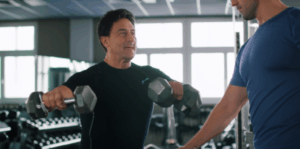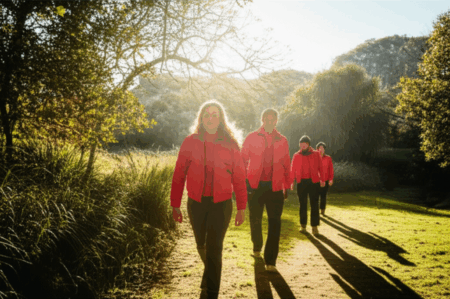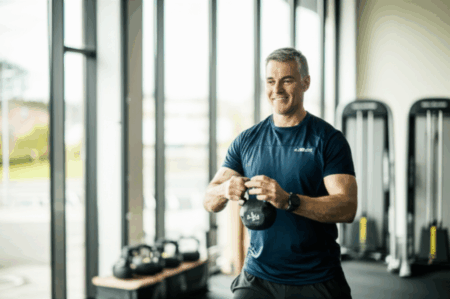As the days shorten and temperatures drop, maintaining a consistent fitness routine can feel like an uphill battle. The allure of cozy nights indoors often overshadows the motivation to brave the cold for a workout. However, winter offers unique opportunities to invigorate your fitness, with benefits ranging from boosted immunity to improved mood and even increased calorie burn as your body works harder to stay warm. Don’t let the chill put your health goals on ice; instead, explore these five additional strategies to not only keep your fitness routine alive but to truly heat it up this winter.

1. Embrace Dynamic Indoor Circuit Training
When outdoor conditions are uninviting, transforming your indoor space into a high-energy circuit training zone can be incredibly effective. Indoor workouts can be just as beneficial as outdoor ones, especially if you focus on full-body movements that elevate your heart rate and engage multiple muscle groups.
Designing Your Winter Circuit
- Bodyweight Powerhouses: Incorporate classic bodyweight exercises like jumping jacks, squats, lunges, push-ups, planks, and mountain climbers. These exercises require no special equipment and are excellent for cardiovascular health, muscle engagement, and calorie burning. Jumping jacks, for instance, are a classic cardio warm-up that generates body heat and boosts cardiovascular endurance.
- Improvise with Household Items: Get creative with everyday objects. Water bottles or milk jugs can serve as makeshift weights for strength training, while a sturdy chair can be used for triceps dips or step-ups. Even simply walking up and down stairs at home can provide a good heart and muscle workout.
- Time-Based or Rep-Based: Structure your circuit by performing each exercise for a set duration (e.g., 30-60 seconds) or a specific number of repetitions, moving quickly between exercises with minimal rest. This keeps your heart rate elevated and maximizes efficiency.
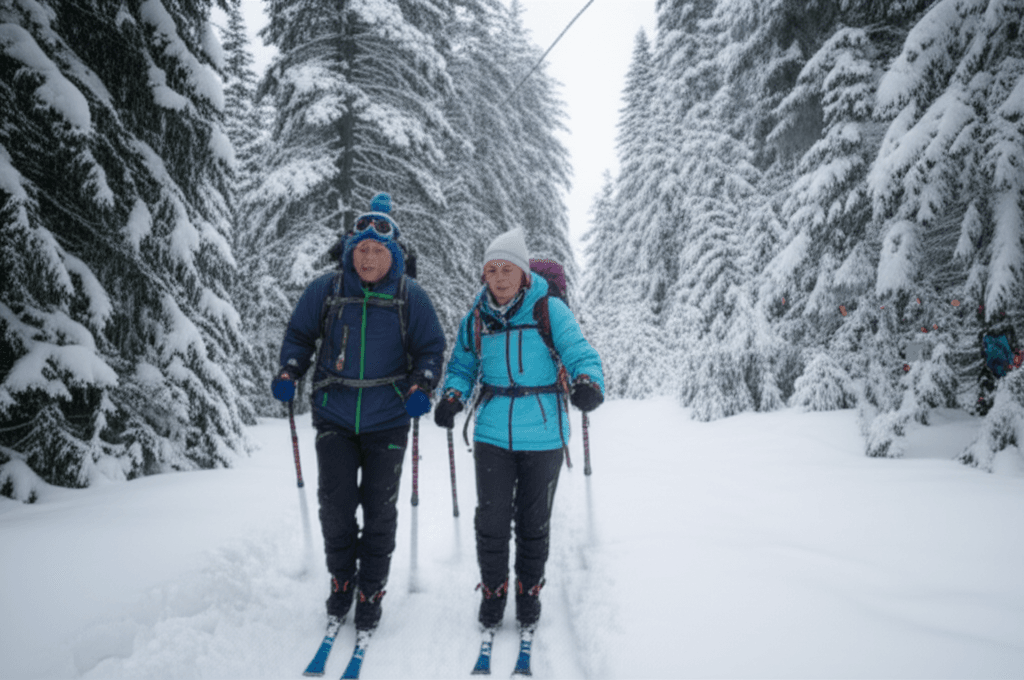
2. Explore Winter-Specific Outdoor Activities
While it’s tempting to stay inside, embracing the unique opportunities winter offers for outdoor activity can provide both physical and mental benefits. Exercising outdoors in cold weather can lead to increased calorie expenditure as your body works harder to maintain its core temperature, and it can also boost your immune system. Furthermore, exposure to natural sunlight helps produce Vitamin D, vital for bone health and mood, and fresh air makes workouts more invigorating.
Beyond the Usual Run
- Snow Sports: If snow is available, consider activities like skiing (downhill or cross-country) or snowshoeing. Both offer excellent full-body workouts, engaging muscles in your arms, legs, and core. Snowshoeing, in particular, can burn a significant number of calories and is often easier to pick up than skiing.
- Ice Skating: A fun and social activity, ice skating provides a great cardiovascular workout and improves balance and coordination.
- Winter Hiking: Don’t let snow deter your hiking plans. Hiking in winter can be more challenging, getting your heart rate up and muscles working harder due to the added effort of navigating the terrain. Remember to wear appropriate layers and footwear with good grip.
- Shoveling Snow (Mindfully): For those in snowy regions, shoveling snow isn’t just a chore; it’s a legitimate workout. Treat it like an interval session, shoveling for 10 minutes then resting for 5, being mindful of your posture to avoid strain.

3. Prioritize Strategic Winter Nutrition and Hydration
Fueling your body correctly is crucial during colder months, as your body expends more energy to stay warm. Proper nutrition not only provides the necessary energy for workouts but also aids in regulating core temperature, a process known as thermogenesis.
Smart Fueling for Cold Workouts
- Carbohydrate Focus: Carbohydrates are your body’s primary energy source, especially important for high-intensity exercise in winter. Opt for complex carbohydrates like whole grains, oats, sweet potatoes, and legumes for sustained energy, and simple carbohydrates like fruits for quicker boosts. Consuming warm, carb-rich foods 30-60 minutes before a workout can increase heat production.
- Lean Protein for Recovery: Protein is essential for muscle repair and recovery, particularly after challenging workouts. Include lean meats, eggs, fish, and dairy in your diet.
- Healthy Fats for Insulation: Healthy fats provide long-lasting energy and can help insulate your body in cold weather. Think avocados, nuts, seeds, and olive oil.
- Warm Hydration: Cold weather can blunt your thirst mechanism, making you less inclined to drink despite significant fluid loss through respiration. Focus on warm, hydrating drinks like herbal teas, hot cocoa made with milk, or a thermos of soup to replenish fluids and aid in recovery.

4. Seek Community and Novelty Through Classes
The drop in temperature often brings a dip in motivation. Joining group classes or trying new activities can provide the accountability and excitement needed to stay consistent.
Injecting Fun and Accountability
- Indoor Fitness Classes: Explore local gyms or community centers for unique indoor classes like hot yoga, Pilates (especially reformer-based fusion classes), or dance fitness styles like Bollywood dance. These offer structured workouts, expert guidance, and a social element.
- Buddy System: Working out with a friend is one of the most effective ways to stay committed, as you’re more likely to hold each other accountable and stick to a schedule.
- Set New Goals: Winter is an ideal time to work towards an interesting or challenging new fitness goal, such as learning a new skill or aiming for a personal best in a specific exercise. This creates excitement and purpose for your training.
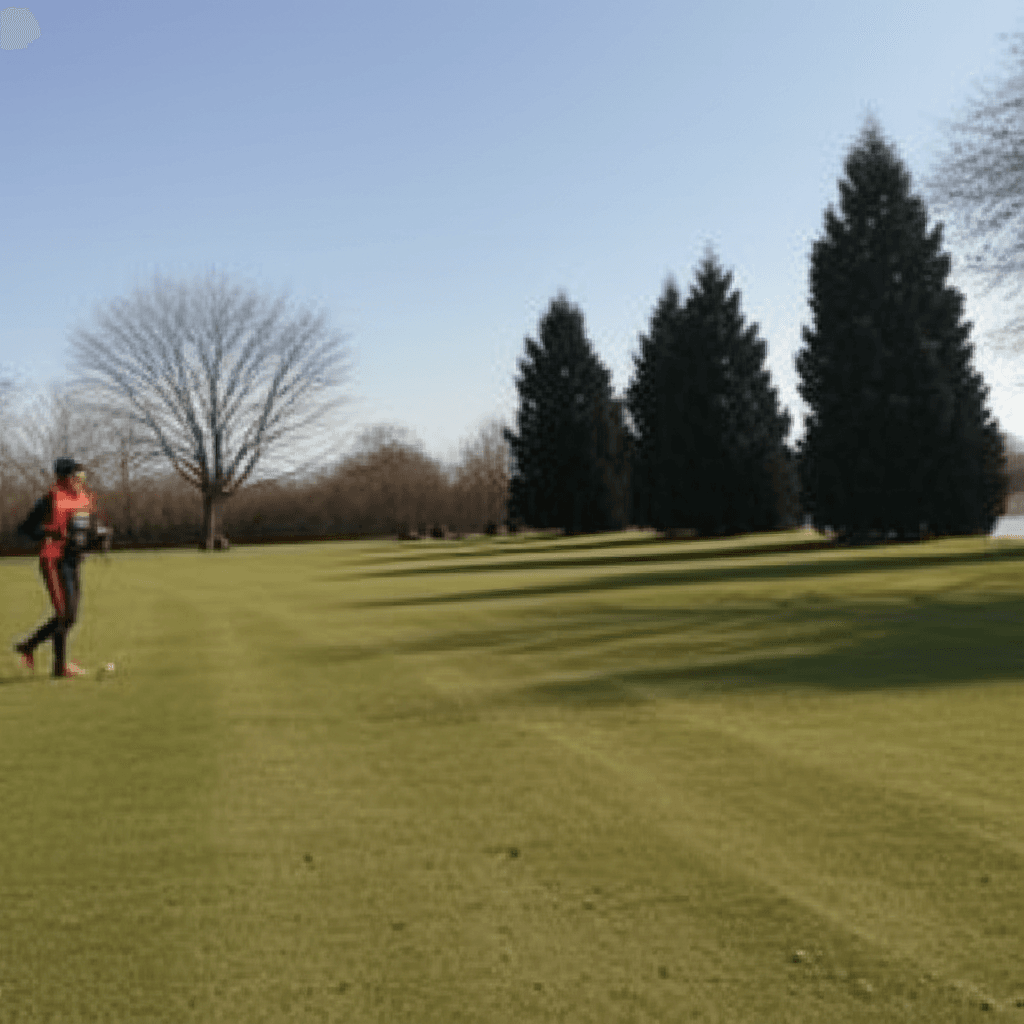
5. Optimize Your Home Environment and Mindset
Sometimes, the biggest hurdle is simply getting started. Small adjustments to your routine and home environment can make a significant difference in boosting your winter fitness motivation.
Creating a Supportive Routine
- Dedicated Workout Space: Designate a specific area in your home, even a small corner, as your workout zone. This helps create a mental boundary and makes it easier to commit to your exercise time without distractions.
- Prepare Ahead: Lay out your workout clothes, prepare your water bottle, and cue up your favorite playlist the night before. This eliminates excuses and makes it harder to skip a session.
- Active Breaks: Incorporate short bursts of activity throughout your day. This could include taking the stairs, marching in place during phone calls, or doing quick sets of squats or push-ups during commercial breaks. Even brief periods of exercise can add up and improve overall mobility.
- Invest in Winter Gear: New, appropriate winter workout clothes can provide a mental boost and ensure you stay safe and comfortable whether you’re indoors or venturing out. Layers are key for outdoor activities, allowing you to adjust as your body temperature rises.
By integrating these strategies, you can transform your winter fitness routine from a chilly chore into an invigorating and effective part of your year-round health journey.



